Apple working on dynamic lyrics display for iPods and iPhones
iPod wielding teens and adults alike may soon find themselves singing along to their favorite tunes with pristine accuracy, thanks to synchronized music lyrics display technology under development by Apple Inc.
"The text being displayed is associated with and synchronized to the media content being presented. In one implementation, the dynamic nature of the text can scroll across the display screen of the portable media device," Apple wrote in the filing.
"In another implementation, a part of the text being displayed can be distinguishably displayed from other parts. The manner by which the part is distinguishably displayed can vary with implementation but can include highlighting the part through use of color, font, size, lines, dynamic effects (e.g., blinking), etc."
More specifically, the company said, the media content could be music and the text could be lyrics, whereby a portable media device can not only play music but also output synchronized lyrics.
For example, the filing states that when a song is played by a portable media device, lyrics associated with the song can be displayed on a display of the portable media device in a synchronized manner.
"From a user's perspective, the display of synchronized lyrics can be seamless and without the need for any preparatory action by the user," Apple explained. "The invention is particularly well suited for a portable media device that is small and hand-held."
Various lyric synchronization techniques are outlined in the March 2006 filing, including one method where the audio content and lyric content are stored in separate, distinct files and later synchronized in real time. Alternatively, both the lryics and audio content could be encoded and stored within a single media file.
The latter method, according to Apple, would include at least the acts of: "identifying an audio file for a media item to be played, the identified audio file including at least encoded audio content for the media item and encoded lyric codes for the media item; accessing lyrics pertaining to the media item; processing the identified audio file to extract and decode the encoded audio content and the encoded lyric codes; playing of the audio content that has been extracted and decoded from the identified audio file; displaying a portion of the lyrics such that the portion of the lyrics being displayed corresponds to that portion of the audio content being played; and distinguishably displaying, based on the lyric codes, a specific part of the portion of the lyrics being displayed from at least one other part of the lyrics being displayed."
In order to assure that the proper lyrics are synchronized and displayed properly, Apple's filing calls for the use of augmented lyrics files, which would be annotated in advance with precise timing intervals that Apple's iPod and iPhone software could then distinguish.
Back in April, the iPod maker was rumored to be in talks with digital media company Gracenote over the possibility of licensing authorized song lyrics for redistribution on its ubiquitous iTunes Store.
The move, which would follow a similar pact between Gracenote and Yahoo! Music, was said to be part of a larger industry-backed push to stifle proliferation of rogue websites that currently dominate online lyrics market, often offering inaccurate lyrics and never compensating artists for their work.
In a deal with music publishers last summer, Gracenote gained the rights to distribute lyrics from nearly 100 music publishers, including the top five: BMG Music Publishing, EMI Music Publishing, Sony/ATV Music Publishing, Universal Music Publishing Group, Warner/Chappell Music, and dozens of prominent independent publishers.
Apple's patent request for "Dynamic lyrics display for portable media devices" is credited to employees Ray Chang and Richard Atwell.
 Slash Lane
Slash Lane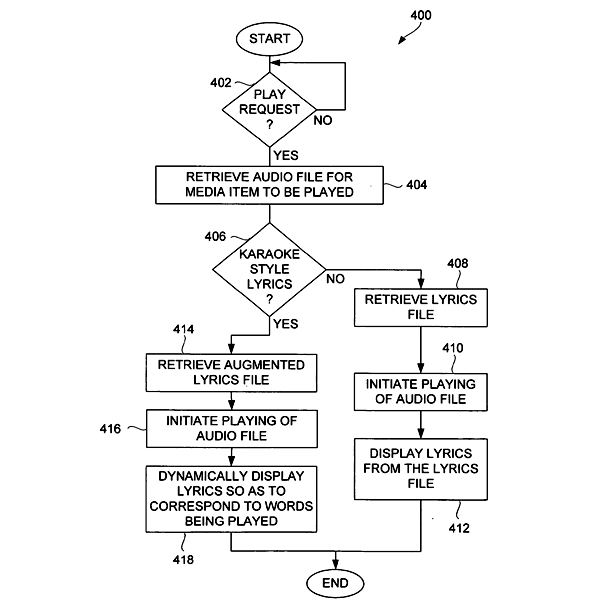
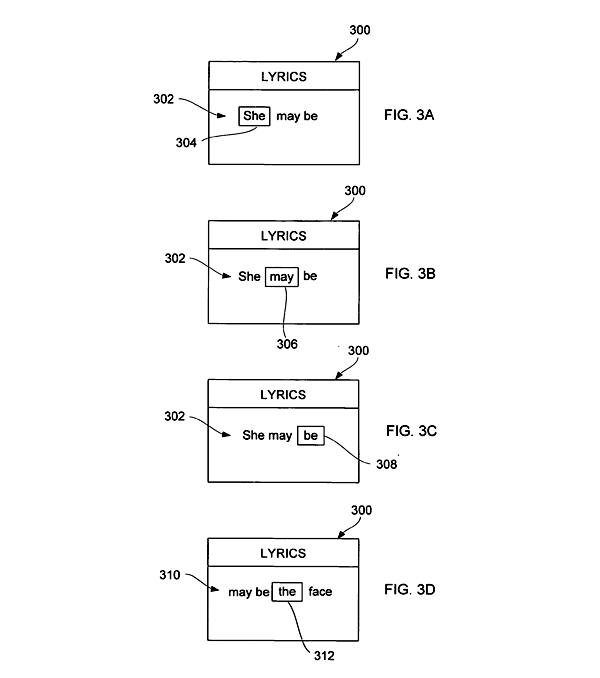
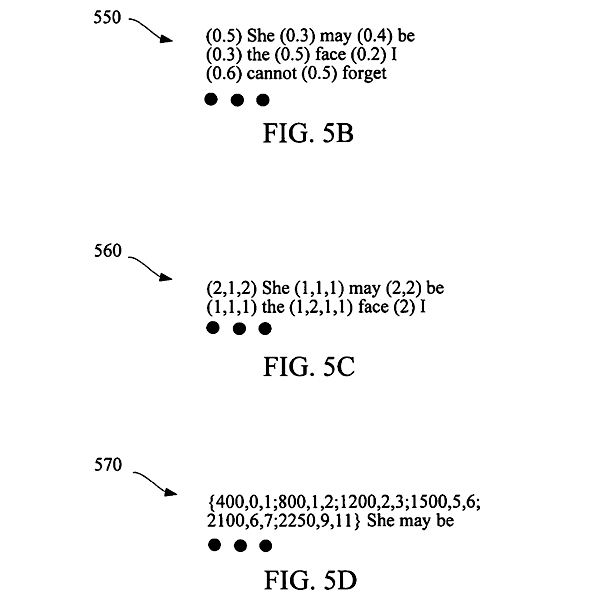
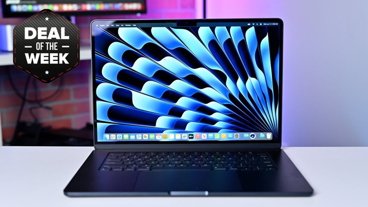













 Andrew Orr
Andrew Orr
 Malcolm Owen
Malcolm Owen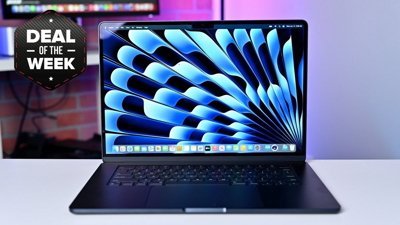
 Christine McKee
Christine McKee
 Chip Loder
Chip Loder
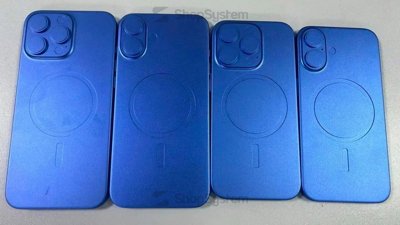
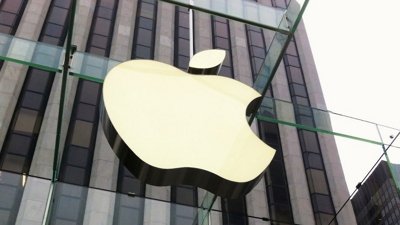
 William Gallagher
William Gallagher









22 Comments
cool.
That would be interesting for Karaoke....
Has Apple been including the lyrics with their songs yet? I haven't seen them yet, I think that's because of the rights issues, the song writer's guild probably wants money for them. I think that's a bit odd because the band/label probably paid for the rights to sing the words, record them and sell the song, I don't think that they should get paid again for a text copy wrapped with the same song.
"proliferation of rouge websites"
would that be like moulinrouge.com?
I don't suppose it is possible to file a class action suit against Apple on behalf of the people of the United States for wasting the Patent Office's time and resources on frivolous patent applications for THINGS THAT HAVE ALREADY BEEN DONE. What a waste of our tax dollars. Get rid of stupid software patents.
Now all they need to do is add this to the apple tv.....Wahoo for drunken karaoke parties, courtesy of Apple